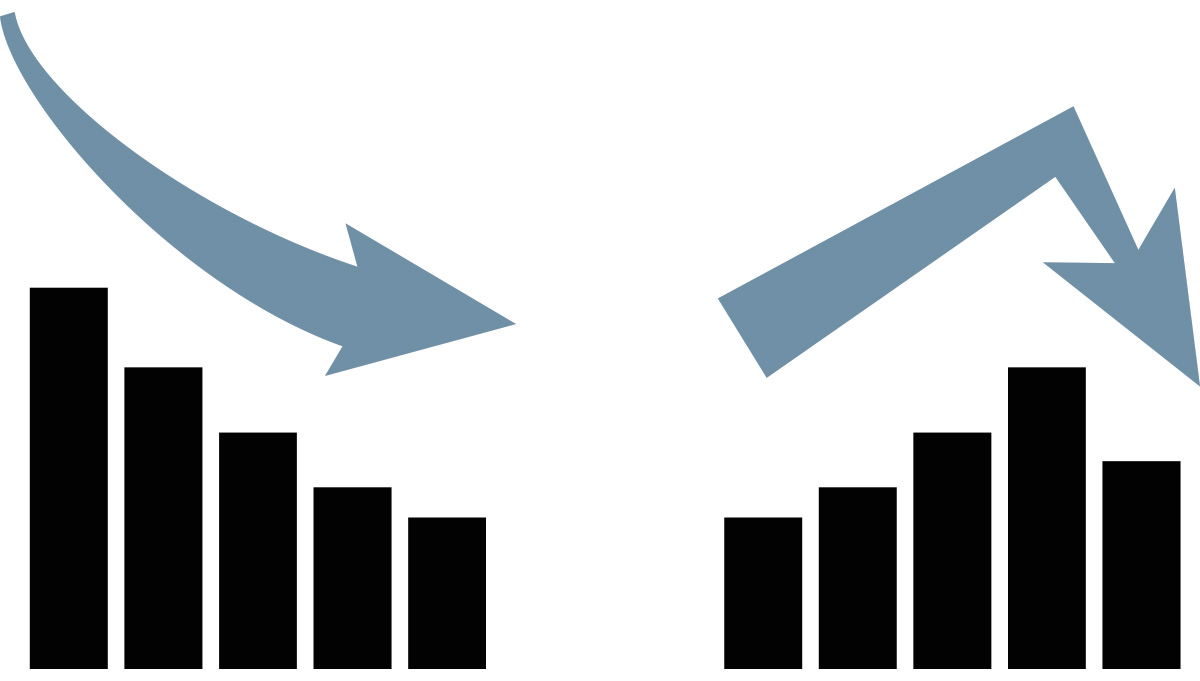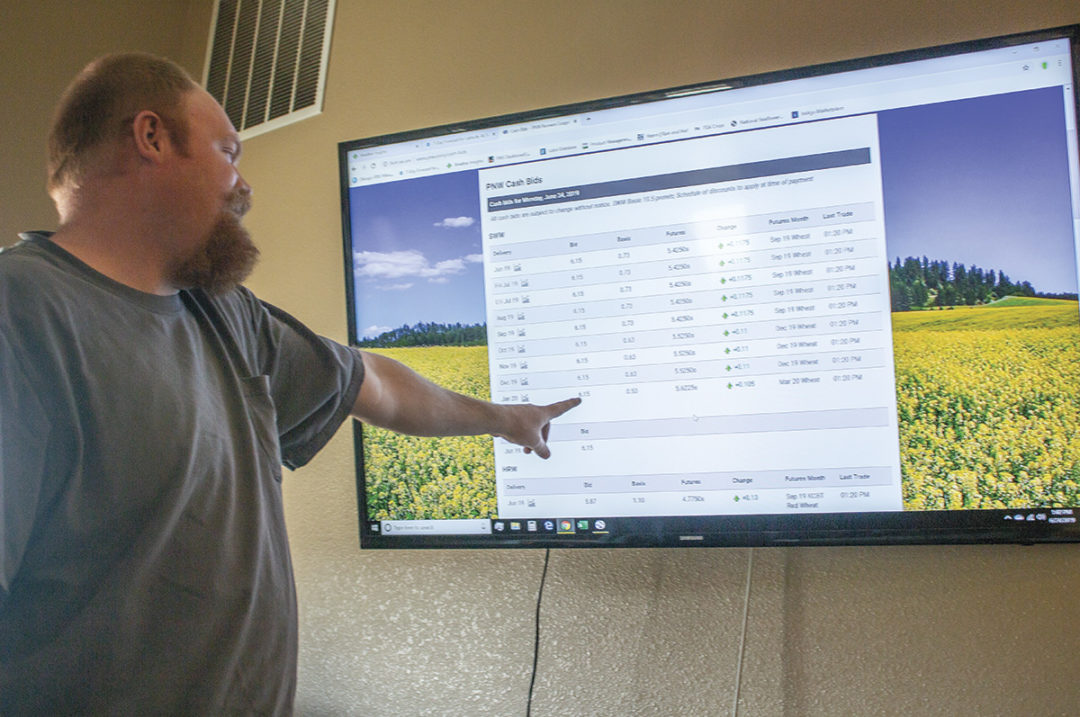At the time I wrote this article, we were in the middle of experiencing some of the most volatile futures markets in years. There was so much uncertainty in the markets, many buyers pulled their bids, while others froze their bids or they lowered their basis in an effort to protect themselves. It had been so long since the last time we experienced these volatile markets, many producers weren’t old enough to remember or may not have even been around.
To recap just what happened, we saw the Chicago March wheat contract trade $1.54 higher in three trading days and then trade 75 cents lower on the fourth day. The new crop futures weren’t quite as wild, with the September wheat contract trading $1.24 higher before adjusting 65 cents lower. As you can see, the net for the week was still very good and gave producers opportunities to price new crop at some fairly good levels.
However, what we did see was: Many producers didn’t look at the net gain for the week as a positive move in the markets; instead they could only see the movement lower and how much they could have made by trading the high. I understand this mindset. We always are trying to just do the best we can, and this year with the higher input costs, we see that need perhaps more than the previous years. But we should always remember: We can only do what the market is going to let us do. That is why it is vital for us to study not only the futures market daily but also the local market (the basis).
 Getty Images.
Getty Images.
Once you make this a priority in your daily routine, you will find you will become better and quicker just by the mere repetition. When you do this religiously, it will not take as long as you think to become your own expert in using the different tools available to you in your marketing plan.
My recommendation is for you to look at the futures markets early in the morning to see what happened overnight, then look again for a few minutes midmorning and again toward the close of the session. Let’s say this takes you a total of 20 minutes. Just think of the knowledge you have gained by doing so. By doing so, you now know exactly what the market is doing, whether it is trending higher, lower or is trading steady. You will never be behind the curve on what the futures are doing.
Just the fact that you understand what is happening (when the buyers moved to the sidelines as we just experienced), you could have easily sold some wheat futures or bought a put option and felt very comfortable with your marketing strategy and how using these tools was going to help you in the months ahead. Now, I know we may not see these types of markets again for a while, but maybe we will, and it really doesn’t matter if the futures are trading at $7 or $9 or $5 – the same basic principles for marketing your commodities will remain the same.
 Getty Images.
Getty Images.
Now, let’s take a few minutes and visit about the wheat market both in the U.S. and the world. We just came through a less-than-desirable year as far as wheat production is concerned. For now, this year looks a little better in some areas, but last year looked pretty good at this time also. In reality, it will take a few years for the U.S. to build stocks back to the levels we have witnessed in the past. We are short wheat, and we could remain short – just not as short as this past year in the U.S.
As far as world production is concerned, with the current weather patterns, there are areas in the world that have the potential for very nice wheat production this year. We need to monitor the weather patterns closely and keep in mind that good wheat stocks in the world will pressure the futures. If this is the case, and we see another less-than-average crop in the U.S., that could just be telling us the basis will be stronger, just as we experienced this year.



.jpg?height=auto&t=1713304395&width=285)


